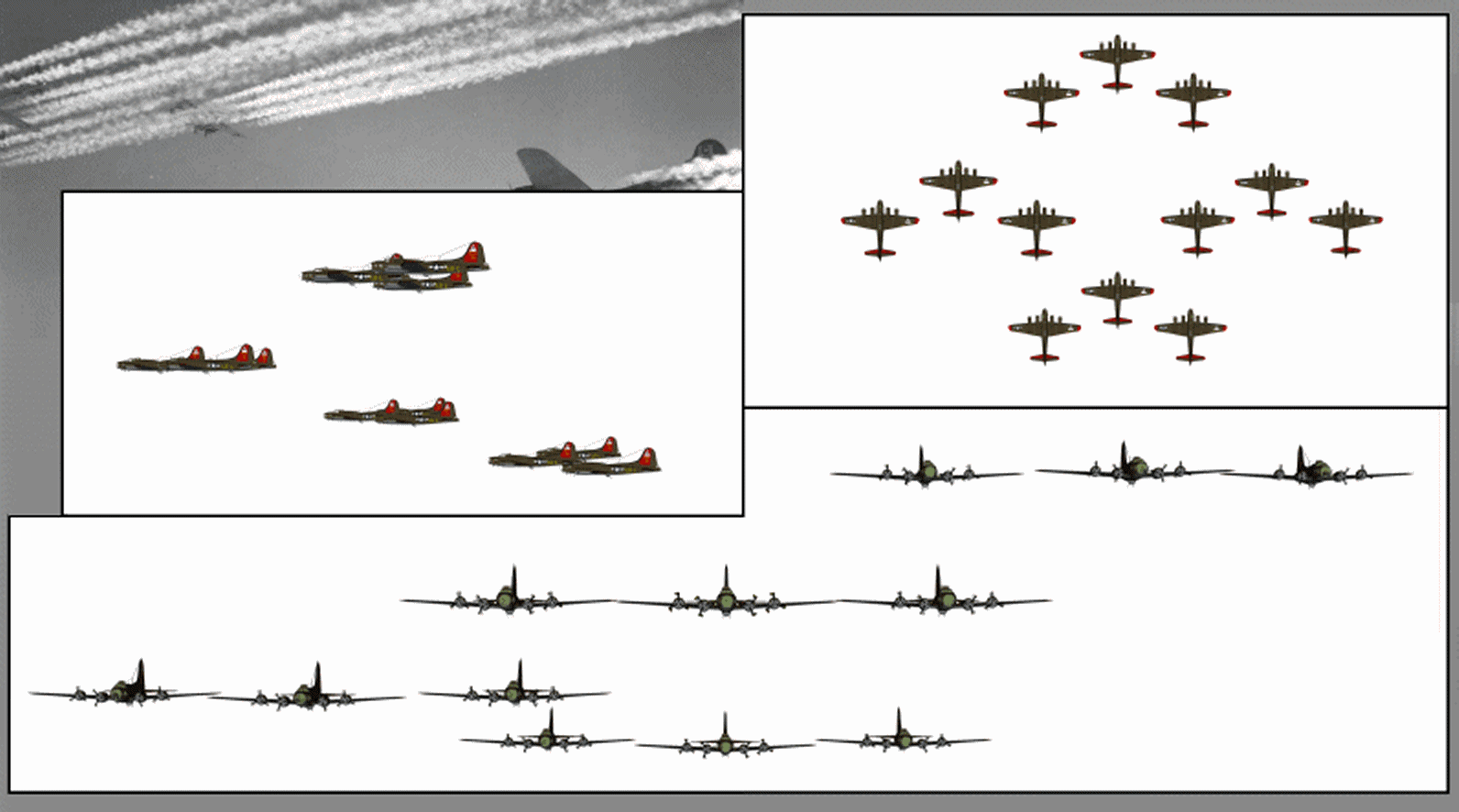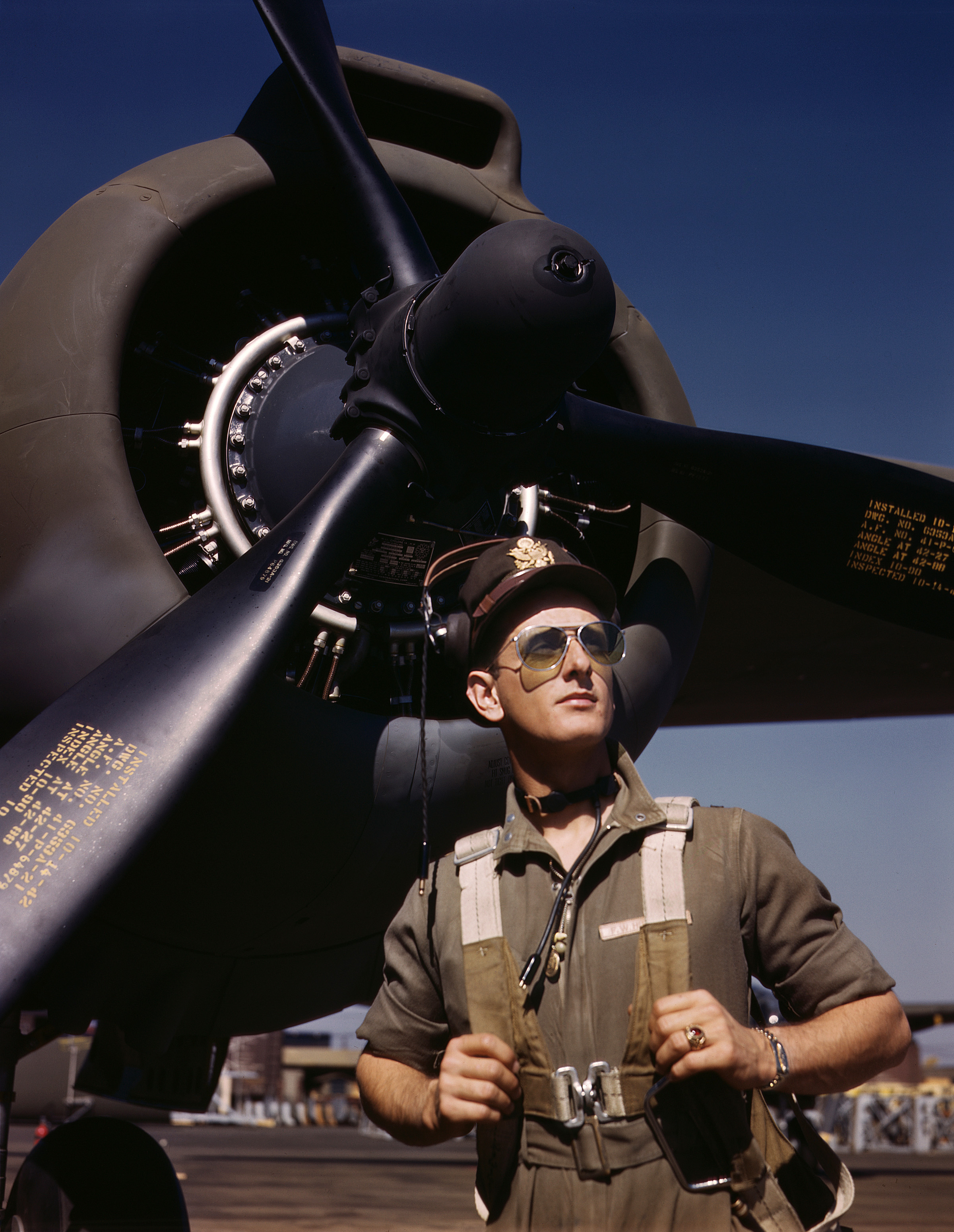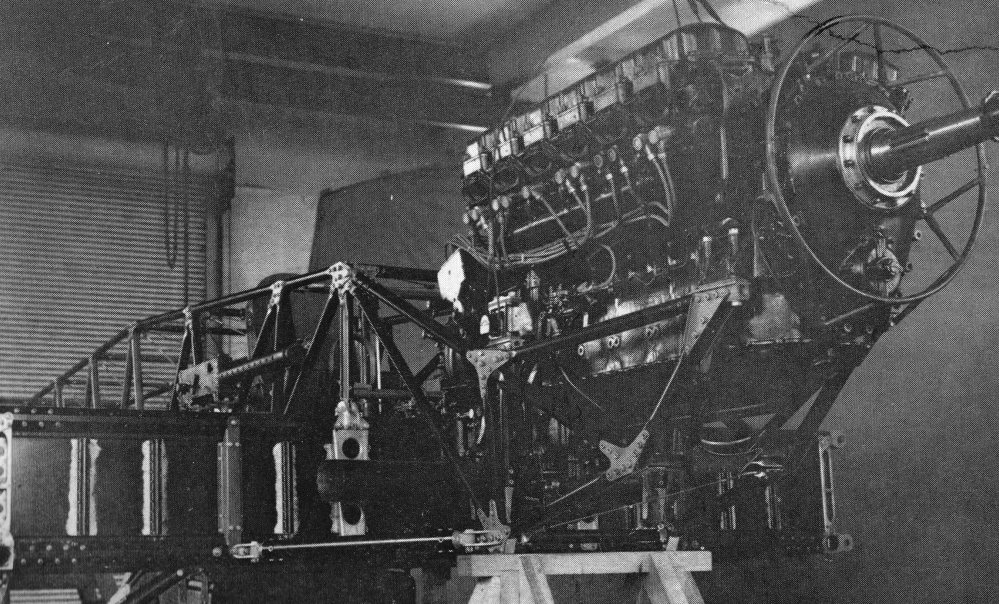|
Rudolf Pflanz
Rudolf Pflanz (1 July 1914 – 31 July 1942) was a German Luftwaffe fighter pilot and recipient of the Knight's Cross of the Iron Cross during World War II. Pflanz claimed 52 aerial victories, all of them over the Western Front. Early life and career Pflanz was born in July 1914 in Ichenheim, present-day part of Neuried, at the time in Grand Duchy of Baden of the German Empire. He joined the Luftwaffe in 1935 and by 1938 was serving with ''Jagdgeschwader'' 131 (JG 131—131st Fighter Wing), which on 1 May 1939 was redesignated ''Jagdgeschwader'' 2 "Richthofen" (JG 2—2nd Fighter Wing). World War II World War II in Europe had begun on Friday 1 September 1939 when German forces invaded Poland. Pflanz claimed his first aerial victory on 30 April 1940 during the early Phoney War period over a Potez 63 northwest of Merzig. At the time, Pflanz was serving with 3. '' Staffel'' (3rd squadron) of JG 2 which was commanded by ''Hauptmann'' Henning Strümpell. The ''Staf ... [...More Info...] [...Related Items...] OR: [Wikipedia] [Google] [Baidu] [Amazon] |
Neuried
Neuried () is a municipality in the district of Ortenau in Baden-Württemberg in Germany. Ortsteile * Altenheim * Dundenheim * Ichenheim * Müllen * Schutterzell Notable people Erwin Baur Erwin Baur (16 April 1875, in Ichenheim, Grand Duchy of Baden – 2 December 1933) was a German geneticist and botanist. Baur worked primarily on plant genetics. He was director of the Kaiser Wilhelm Institute for Breeding Research (then in Mü ... (1875–1933), geneticist and botanist, was born in Ichenheim Demographics Population development: References Ortenaukreis {{Ortenaukreis-geo-stub ... [...More Info...] [...Related Items...] OR: [Wikipedia] [Google] [Baidu] [Amazon] |
Potez 630
The Potez 630 and its derivatives were a family of twin-engined, multirole aircraft developed for the French Air Force in the late 1930s. The design was a contemporary of the British Bristol Blenheim (which was larger and designed purely as a bomber) and the German Messerschmitt Bf 110 (which was designed purely as a fighter). The Potez 630 was in use by several operators during the Second World War. Following the Battle of France, both the Vichy French Air Force and Free French Air Forces used the type; a number of captured aircraft were operated by several air wings of the Axis powers. After the end of the conflict in 1945, a handful of aircraft were used for training purposes for some time. Development Origins On 31 October 1934, the French Ministry of Air issued a specification for a heavy fighter. The specification demanded the aircraft be capable of performing three principal roles: fighter direction, in which it was required to lead formations of single-engine fighters ... [...More Info...] [...Related Items...] OR: [Wikipedia] [Google] [Baidu] [Amazon] |
Egon Mayer
Egon Mayer (19 August 1917 – 2 March 1944) was a Luftwaffe wing commander and fighter ace of Nazi Germany during World War II. He was credited with 102 enemy aircraft shot down in over 353 combat missions. His victories were all claimed over the Western Front and included 26 four-engine bombers, 51 Supermarine Spitfires and 12 Republic P-47 Thunderbolts. Mayer was the first fighter pilot to score 100 victories entirely on the Western Front. Born in Konstanz, Mayer, volunteered for military service in the Luftwaffe of Nazi Germany in 1937. Following flight training he was posted to ''Jagdgeschwader'' 2 "Richthofen" (JG 2—2nd Fighter Wing) in 1939. He fought in the Battle of France and claimed his first aerial victory in that campaign on 13 June 1940. Mayer was appointed squadron leader of the 7. '' Staffel'' (7th squadron) of JG 2 in June 1941. Two months later, following his 21st aerial victory, he received the Knight's Cross of the Iron Cross on 1 ... [...More Info...] [...Related Items...] OR: [Wikipedia] [Google] [Baidu] [Amazon] |
Hugo Sperrle
Hugo Wilhelm Sperrle (7 February 1885 – 2 April 1953) was a Nazi Germany, German military aviator in World War I and a ''Generalfeldmarschall'' (Field marshal, Field Marshal) in the ''Luftwaffe'' during World War II. Sperrle joined the German Army (German Empire), Imperial German Army in 1903. He served in the artillery upon the outbreak of World War I. In 1914 he joined the Luftstreitkräfte as an observer then trained as a pilot. Sperrle ended the war at the rank of ''Hauptmann'' (Captain) in command of an aerial reconnaissance attachment of a field army. In the inter-war period Sperrle was appointed to the General Staff in the ''Reichswehr'', serving the Weimar Republic in the aerial warfare branch. In 1934 after the Nazi Party seized power, Sperrle was promoted to ''Generalmajor'' (Brigadier General) and transferred from the army to the ''Luftwaffe''. Sperrle was given command of the Condor Legion in November 1936 and fought with the expeditionary force in the Spanish Civil ... [...More Info...] [...Related Items...] OR: [Wikipedia] [Google] [Baidu] [Amazon] |
Feldmarschall
''Generalfeldmarschall'' (; from Old High German ''marahscalc'', "marshal, stable master, groom"; ; often abbreviated to ''Feldmarschall'') was a rank in the armies of several List of states in the Holy Roman Empire, German states and the Holy Roman Empire, (''Reichsgeneralfeldmarschall''); in the Habsburg monarchy, the Austrian Empire and Austria-Hungary, the rank ''Feldmarschall'' was used. The rank was the equivalent to ''Großadmiral'' () in the ''Imperial German Navy, Kaiserliche Marine'' and ''Kriegsmarine'', a five-star rank, comparable to OF-10 in today's Ranks and insignia of NATO, NATO naval forces. Austrian Empire and Austria-Hungary Paroli (uniform) The rank existed in the Austrian Empire as ''Kaiserlicher Feldmarschall'' ("imperial field marshal") and in Austria-Hungary as ''Imperial and Royal, Kaiserlicher und königlicher Feldmarschall'' - ''Császári és királyi tábornagy'' ("imperial and royal field marshal"). Both were based on prior usage during the Holy ... [...More Info...] [...Related Items...] OR: [Wikipedia] [Google] [Baidu] [Amazon] |
Aviators Who Became Ace In A Day
An aircraft pilot or aviator is a person who controls the flight of an aircraft by operating its directional flight controls. Some other aircrew members, such as navigators or flight engineers, are also considered aviators because they are involved in operating the aircraft's navigation and engine systems. Other aircrew members, such as drone operators, flight attendants, mechanics and ground crew, are not classified as aviators. In recognition of the pilots' qualifications and responsibilities, most militaries and many airlines worldwide award aviator badges to their pilots. Definition The first recorded use of the term ''aviator'' (''aviateur'' in French) was in 1887, as a variation of ''aviation'', from the Latin ''avis'' (meaning ''bird''), coined in 1863 by in ''Aviation Ou Navigation Aérienne'' ("Aviation or Air Navigation"). The term ''aviatrix'' (''aviatrice'' in French), now archaic, was formerly used for a female pilot. The term ''aviator'' (''aviateur'' in ... [...More Info...] [...Related Items...] OR: [Wikipedia] [Google] [Baidu] [Amazon] |
Hawker Hurricane
The Hawker Hurricane is a British single-seat fighter aircraft of the 1930s–40s which was designed and predominantly built by Hawker Aircraft Ltd. for service with the Royal Air Force (RAF). It was overshadowed in the public consciousness by the Supermarine Spitfire during the Battle of Britain in 1940, but the Hurricane inflicted 60% of the losses sustained by the ''Luftwaffe'' in the campaign, and fought in all the major theatres of the Second World War. The Hurricane originated from discussions between RAF officials and aircraft designer Sir Sydney Camm about a proposed monoplane derivative of the Hawker Fury biplane in the early 1930s. Despite an institutional preference for biplanes and lack of interest by the Air Ministry, Hawker refined its monoplane proposal, incorporating several innovations which became critical to wartime fighter aircraft, including retractable landing gear and the more powerful Rolls-Royce Merlin engine. The Air Ministry ordered Hawker's ''Interce ... [...More Info...] [...Related Items...] OR: [Wikipedia] [Google] [Baidu] [Amazon] |
Supermarine Spitfire
The Supermarine Spitfire is a British single-seat fighter aircraft that was used by the Royal Air Force and other Allies of World War II, Allied countries before, during, and after World War II. It was the only British fighter produced continuously throughout the war. The Spitfire remains popular among enthusiasts. Around List of surviving Supermarine Spitfires, 70 remain airworthy, and many more are static exhibits in aviation museums throughout the world. The Spitfire was a short-range, high-performance interceptor aircraft designed by R. J. Mitchell, chief designer at Supermarine Aviation Works, which operated as a subsidiary of Vickers-Armstrong from 1928. Mitchell modified the Spitfire's distinctive elliptical wing (designed by Beverley Shenstone) with innovative sunken rivets to have the thinnest possible cross-section, achieving a potential top speed greater than that of several contemporary fighter aircraft, including the Hawker Hurricane. Mitchell continued to refine ... [...More Info...] [...Related Items...] OR: [Wikipedia] [Google] [Baidu] [Amazon] |
John Dundas (ace)
John is a common English name and surname: * John (given name) * John (surname) John may also refer to: New Testament Works * Gospel of John, a title often shortened to John * First Epistle of John, often shortened to 1 John * Second Epistle of John, often shortened to 2 John * Third Epistle of John, often shortened to 3 John People * John the Baptist (died ), regarded as a prophet and the forerunner of Jesus Christ * John the Apostle (died ), one of the twelve apostles of Jesus Christ * John the Evangelist, assigned author of the Fourth Gospel, once identified with the Apostle * John of Patmos, also known as John the Divine or John the Revelator, the author of the Book of Revelation, once identified with the Apostle * John the Presbyter, a figure either identified with or distinguished from the Apostle, the Evangelist and John of Patmos Other people with the given name Religious figures * John, father of Andrew the Apostle and Saint Peter * Pope John (disambigu ... [...More Info...] [...Related Items...] OR: [Wikipedia] [Google] [Baidu] [Amazon] |
Royal Air Force
The Royal Air Force (RAF) is the Air force, air and space force of the United Kingdom, British Overseas Territories and Crown Dependencies. It was formed towards the end of the World War I, First World War on 1 April 1918, on the merger of the Royal Flying Corps (RFC) and the Royal Naval Air Service (RNAS). Following the Allies of World War I, Allied victory over the Central Powers in 1918, the RAF emerged as the largest air force in the world at the time. Since its formation, the RAF has played History of the Royal Air Force, a significant role in Military history of the United Kingdom, British military history. In particular, during the Second World War, the RAF established Air supremacy, air superiority over Nazi Germany's Luftwaffe during the Battle of Britain, and led the Allied strategic bombing effort. The RAF's mission is to support the objectives of the British Ministry of Defence (United Kingdom), Ministry of Defence (MOD), which are to "provide the capabilities nee ... [...More Info...] [...Related Items...] OR: [Wikipedia] [Google] [Baidu] [Amazon] |
Stab (Luftwaffe Designation)
The German language term ''Stab'' (literal translation: "General staff, staff") was used during World War II to designate a headquarters unit of the Nazi Germany, German ''Luftwaffe'' (air force). There were ''Stab'' units at the level of a ''Gruppe (military), Gruppe'' or ''Geschwader'' – units that were equivalent to wing (air force unit), wings and group (air force), groups in the air forces of the English-speaking world. ''Stab'' units directly controlled aircraft as well as controlling those belonging to subordinate units. These command units used the mandated blue or green "staff aircraft" colour for the third character (the individual aircraft's letter) of their alphanumeric ''Geschwaderkennung'' wing code, to distinguish their aircraft from the rest of air units in the same unit. These units were divided in the following form, for the fourth and last character normally used to distinguish individual ''Staffel (Luftwaffe), Staffeln'' (squadrons) from the letter "H" ... [...More Info...] [...Related Items...] OR: [Wikipedia] [Google] [Baidu] [Amazon] |
Helmut Wick
Helmut Paul Emil Wick (5 August 1915 – 28 November 1940) was a German flying ace of World War II. He was a wing commander (rank), wing commander in the Luftwaffe (air force) of Nazi Germany, and the fourth recipient of the Knight's Cross of the Iron Cross with Oak Leaves, the nation's highest military decoration at the time. Born in Mannheim, Wick joined the Luftwaffe in 1936 and was trained as a fighter pilot. He was assigned to Jagdgeschwader 2 "Richthofen" (JG 2—2nd Fighter Wing), and saw combat in the Battle of France, Battles of France and Battle of Britain, Britain. In October 1940, he was given the position of wing commander of JG 2—the youngest in the Luftwaffe to hold this position. Wick was shot down in the vicinity of the Isle of Wight on 28 November 1940, most likely by the British ace John Dundas (RAF officer), John Dundas, who was himself shot down by Wick's wingman. Wick was posted as missing in action, presumed dead. By then he had been credited wi ... [...More Info...] [...Related Items...] OR: [Wikipedia] [Google] [Baidu] [Amazon] |







